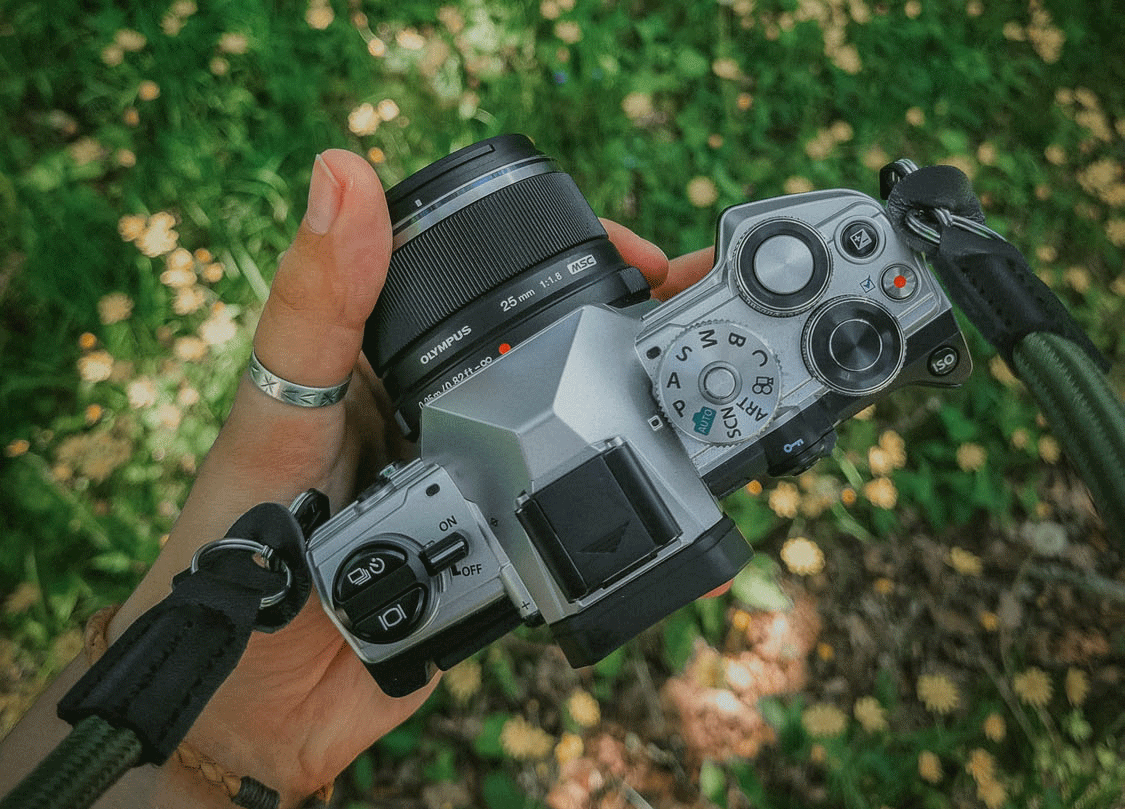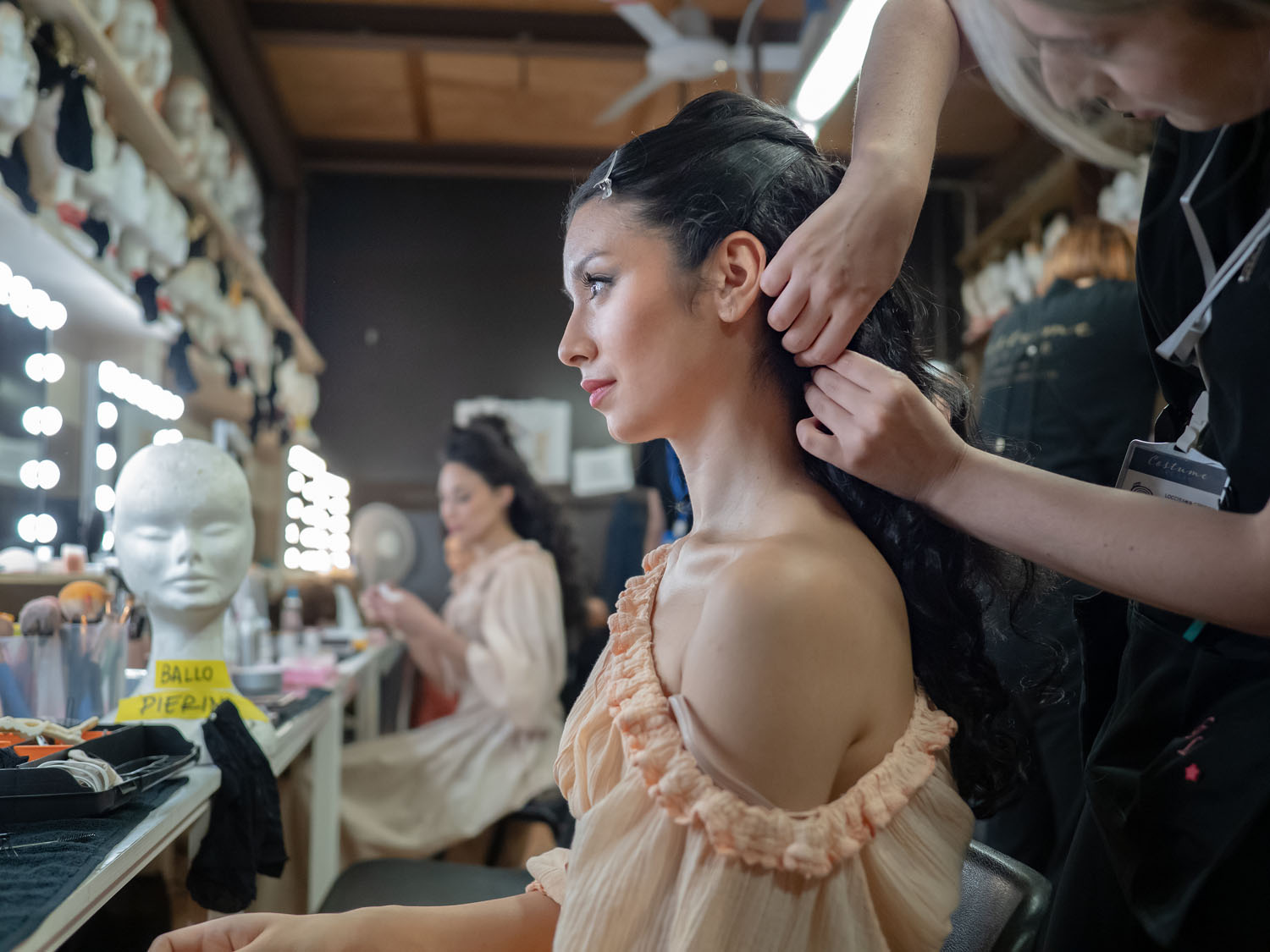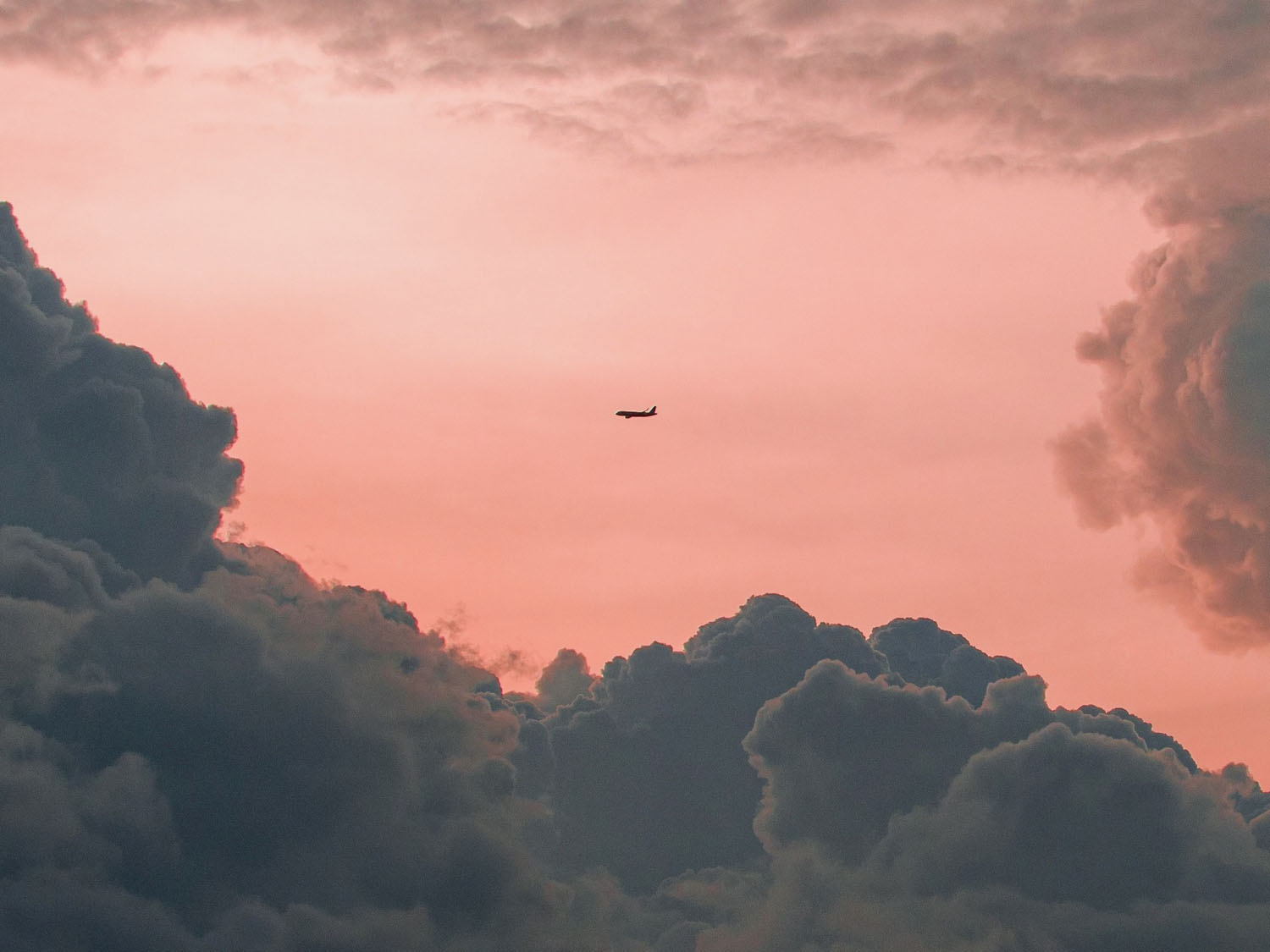Dark Waters – Good Vibrations
On a recent trip to California I had the opportunity to shoot at Huntington Beach for an evening and came away from that time with a series of images that inspired me to try something different.
This short blog post will talk about what I was shooting, how I shot it, and how it was processed. I am writing this as much for myself, as a record of my thought process, as I am for you to see inside the creative process used in this series.

Shot w/ the Olympus OM-D E-M1 MkII + 300mm f/4 PRO + MC-14 Teleconverter.
The Subjects
Huntington Beach California, also known as Surf City USA is a mecca for sun worshippers and surf riders from not only across America, but from all over the world. When my day job had me travelling to Long Beach (just up the coast from Huntington) I knew that I would have to squeeze in some time shooting surfers in Huntington. Although my surfing experience is VERY limited, I still have some fascination with it as its culture influenced my entire youth through my passions for skateboarding (which was born of surfing) and snowboarding. This culture is rich with its own language and persona and I was just dying to be immersed in it, at least through my lens.
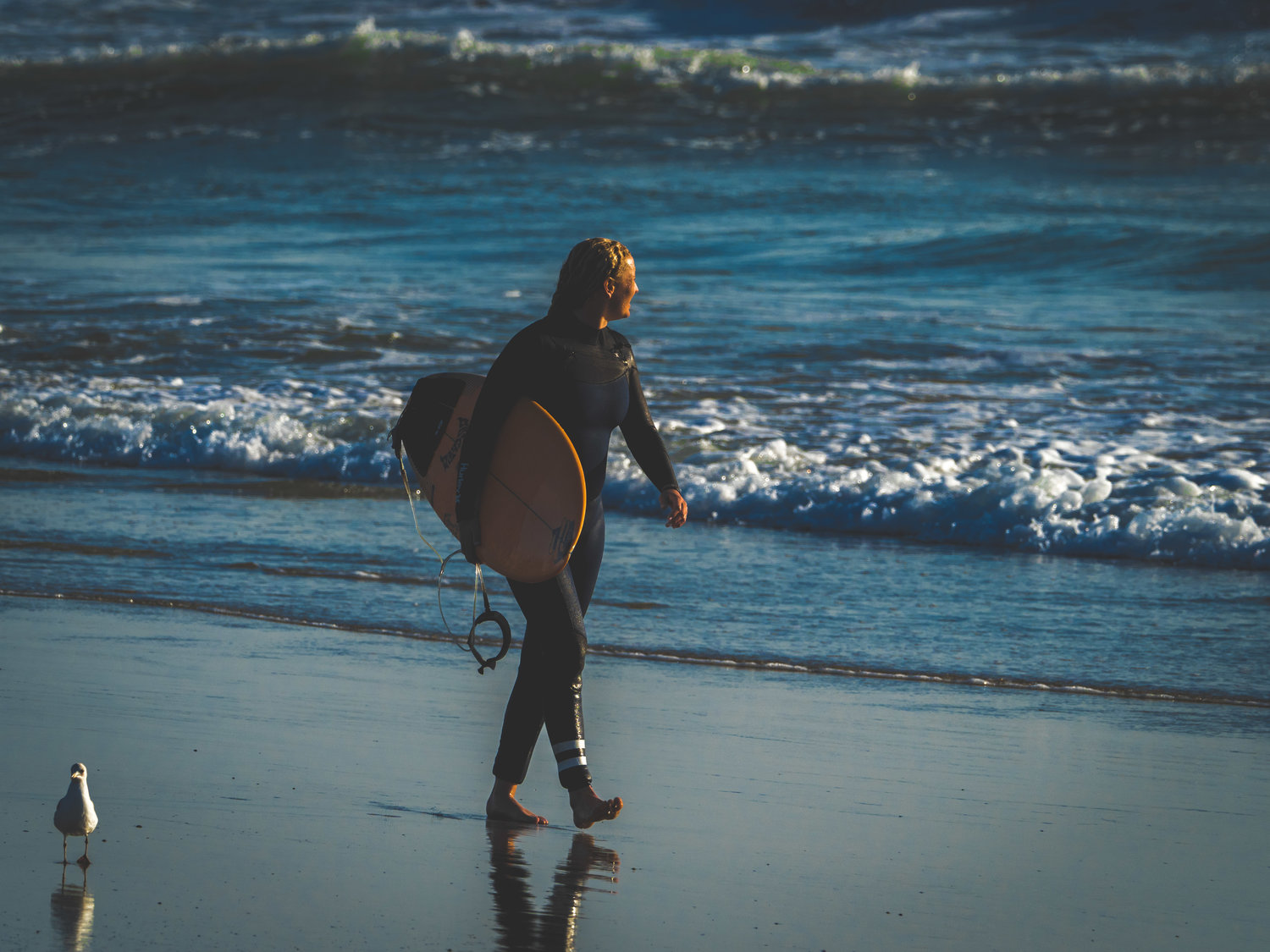
The Time
Sunset… That was my time to shoot. My work for the day was done, and I knew that I could maybe, possibly, accomplish two shooting goals in one trip with some effort. The primary goal was to get some surf shots. As I mentioned above, this culture indirectly shaped my youth, and even parts of my adult life so this subject matter was primary. The secondary subject I hoped to shoot was a great California sunset. But maybe that is for another post 😉
So I am at Huntington about an hour before sunset and shooting surfers, and I start to notice that as the surfers slash their way through the waves, because the sun is getting lower on the horizon, the spray from the boards is standing out thanks to the backlighting. It turns out that sunset, or very late in the day makes for a cool look.

The Settings
When you are shooting surfers there are lots of shutter actuations happening. Shooting surfers had me using my camera’s continuous autofocus tracking, and sequential shutter modes to capture dozens of frames of each wave being ridden. To be able to freeze the splashes in the waves, and the fast movements of the surfers I found myself shooting in shutter priority mode, w/ a shutter speed of 1/1000th of a second. I had set the camera to auto ISO so I could maintain that shutter speed as the light dipped lower onto the horizon. I set my camera to the center 9 focus points, and set the focus mode to continuous autofocus tracking as I mentioned above. Since the surfers are riding both parallel AND perpendicular to the shore, this focus mode is the only way to go!! When I noticed in reviewing a few photos (while waiting for another good set of waves to come in) that the waves crashing were giving off a great highlight I knew I could adjust my settings to underexpose by a stop to darken the waters some, which would aid in the post processing vision I had in my head for these photos.
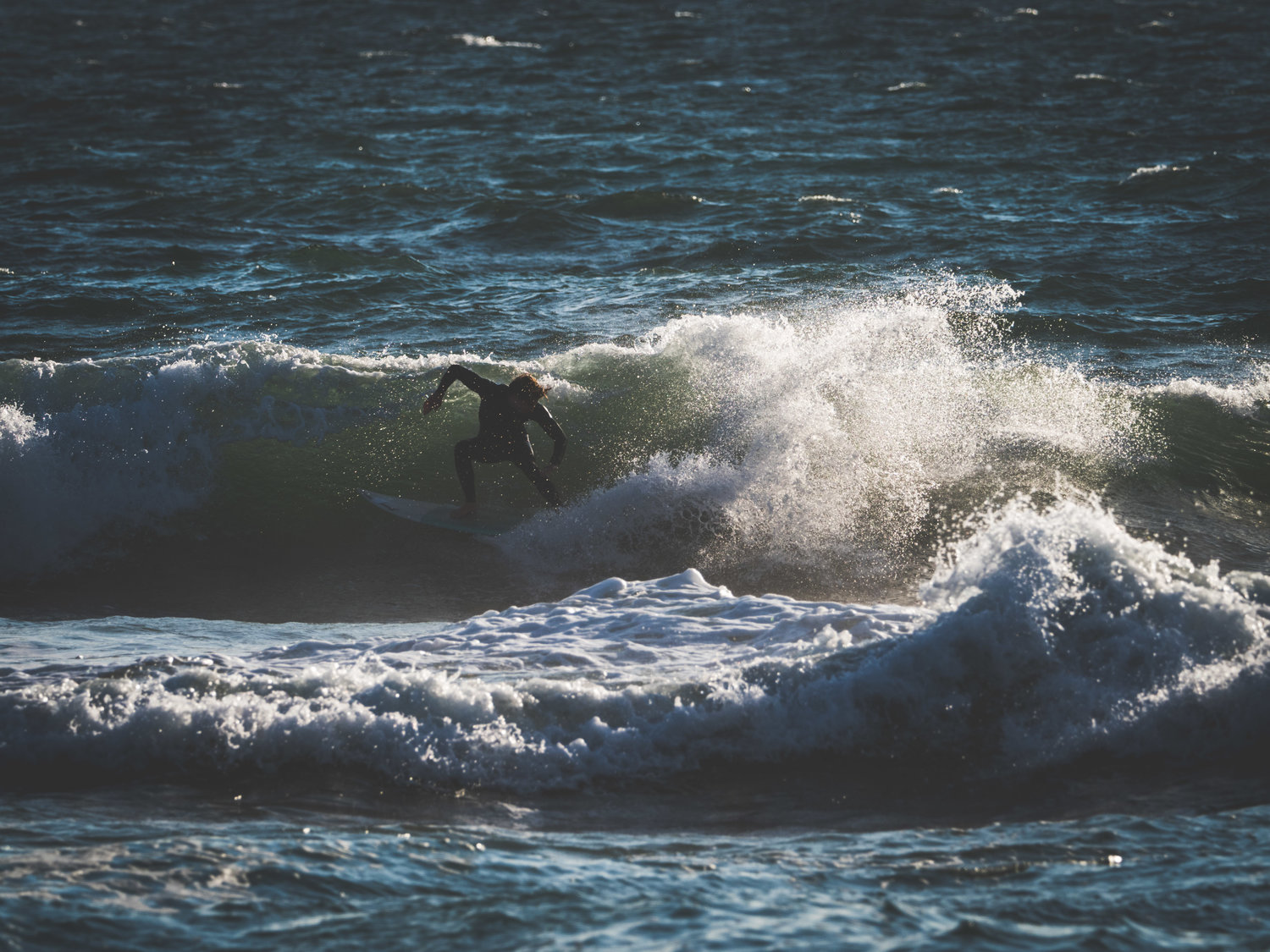
The Processing
Post processing was done 100% in Adobe Lightroom Classic CC. The processing methodology was really simple since I knew what I wanted the emphasis to be on in the finished images. I stated above that I was drawn to the way the sun was highlighting the spray from the surfers, and to emphasize that I simply adjusted the sliders for the following items.
Shadows were dropped into the negative range to around -15 or so. The same with the blacks. Those were also dropped down to around -40, and the same with the whites. If I didn’t drop the whites down they would be TOO overpowering. I also made sure to bump contrast UP near +30 along with the Clarity and Dehaze. These latter two help to add “separation” between the shadows and highlights even further than they would be otherwise. Once I found settings that “worked for me” I saved them as a preset to apply to each of the images in my series. Granted each image needed some individual attention as no preset works the same for every image in a situation like this.
The Finished Series
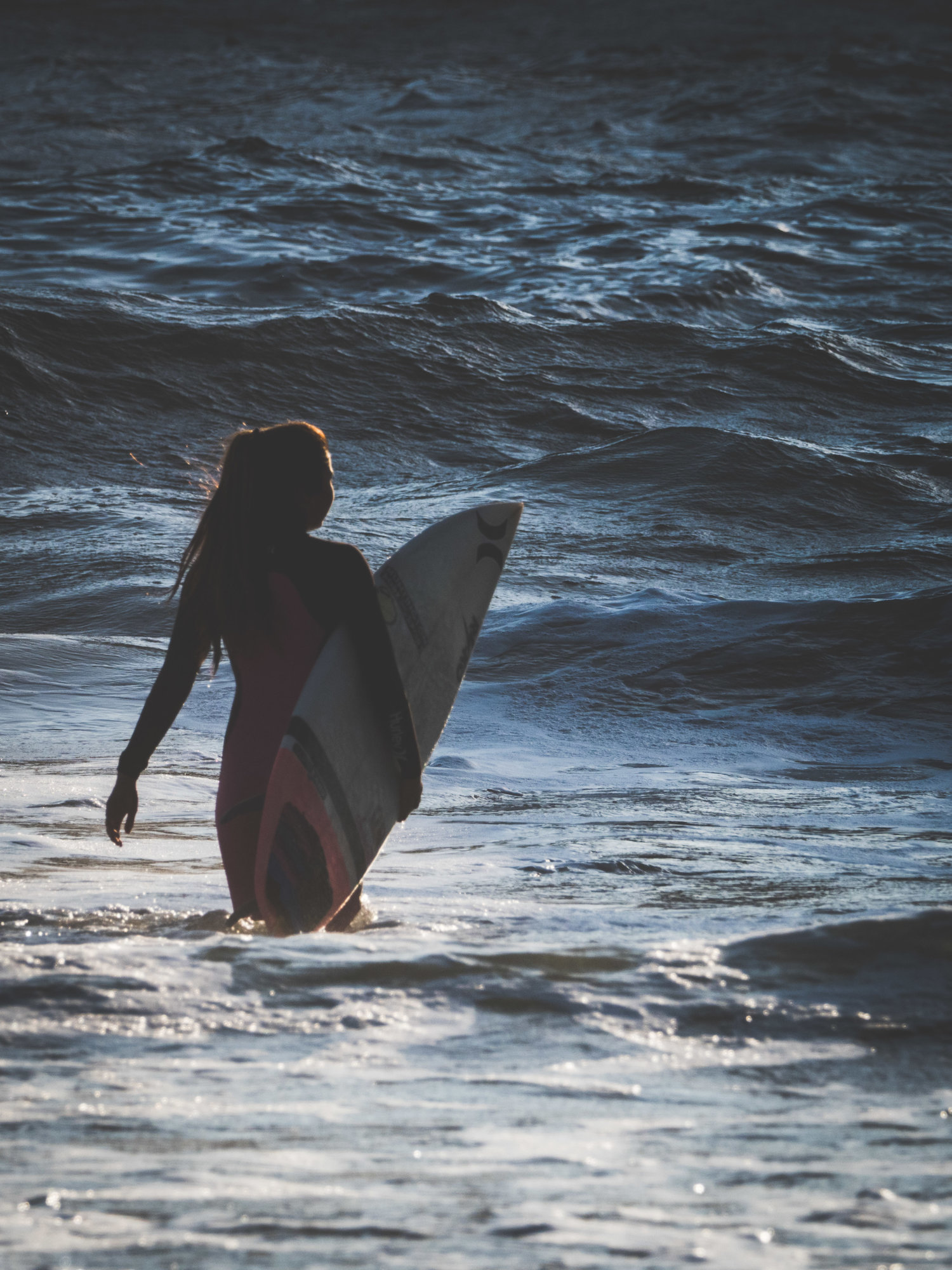
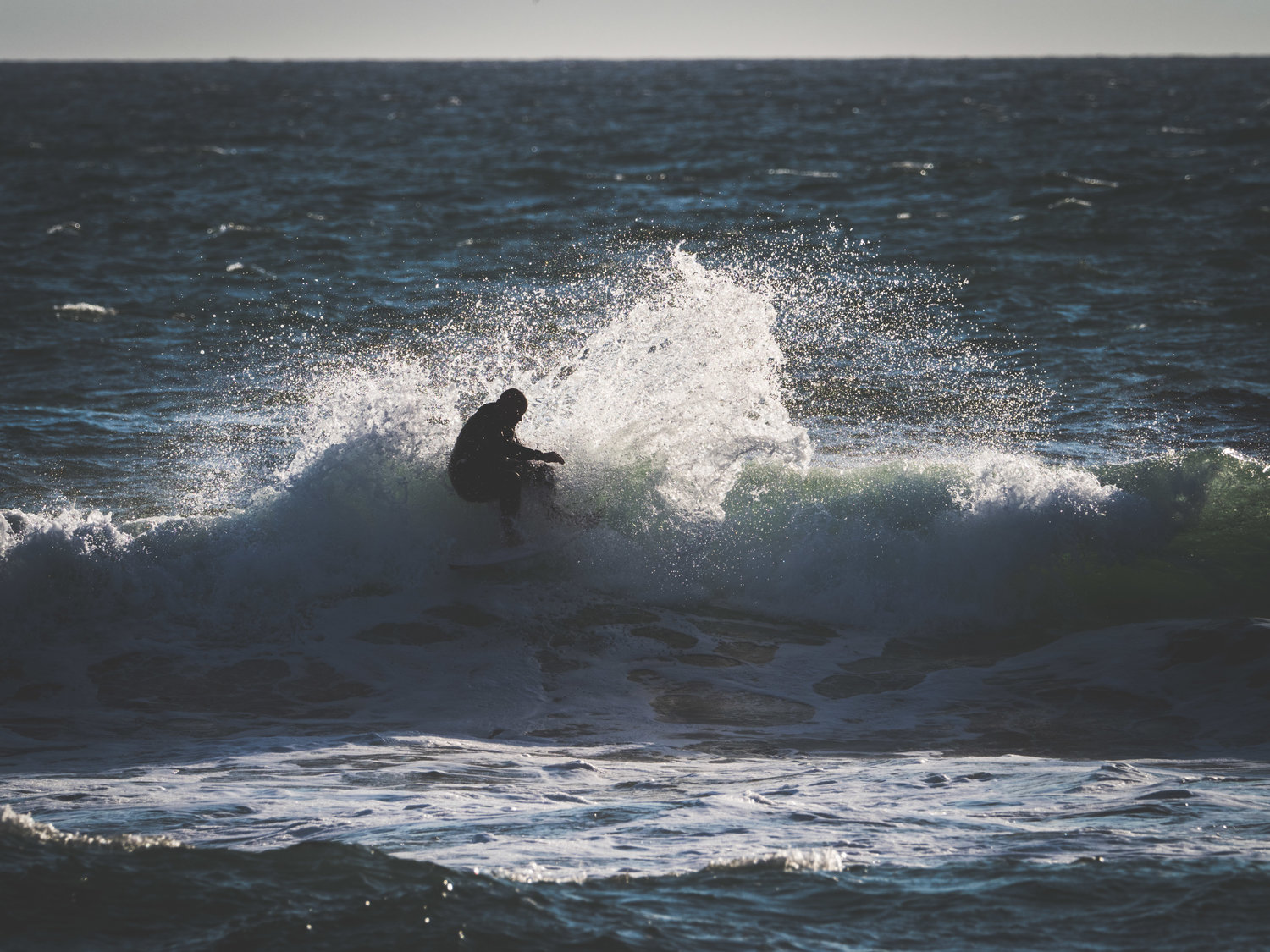
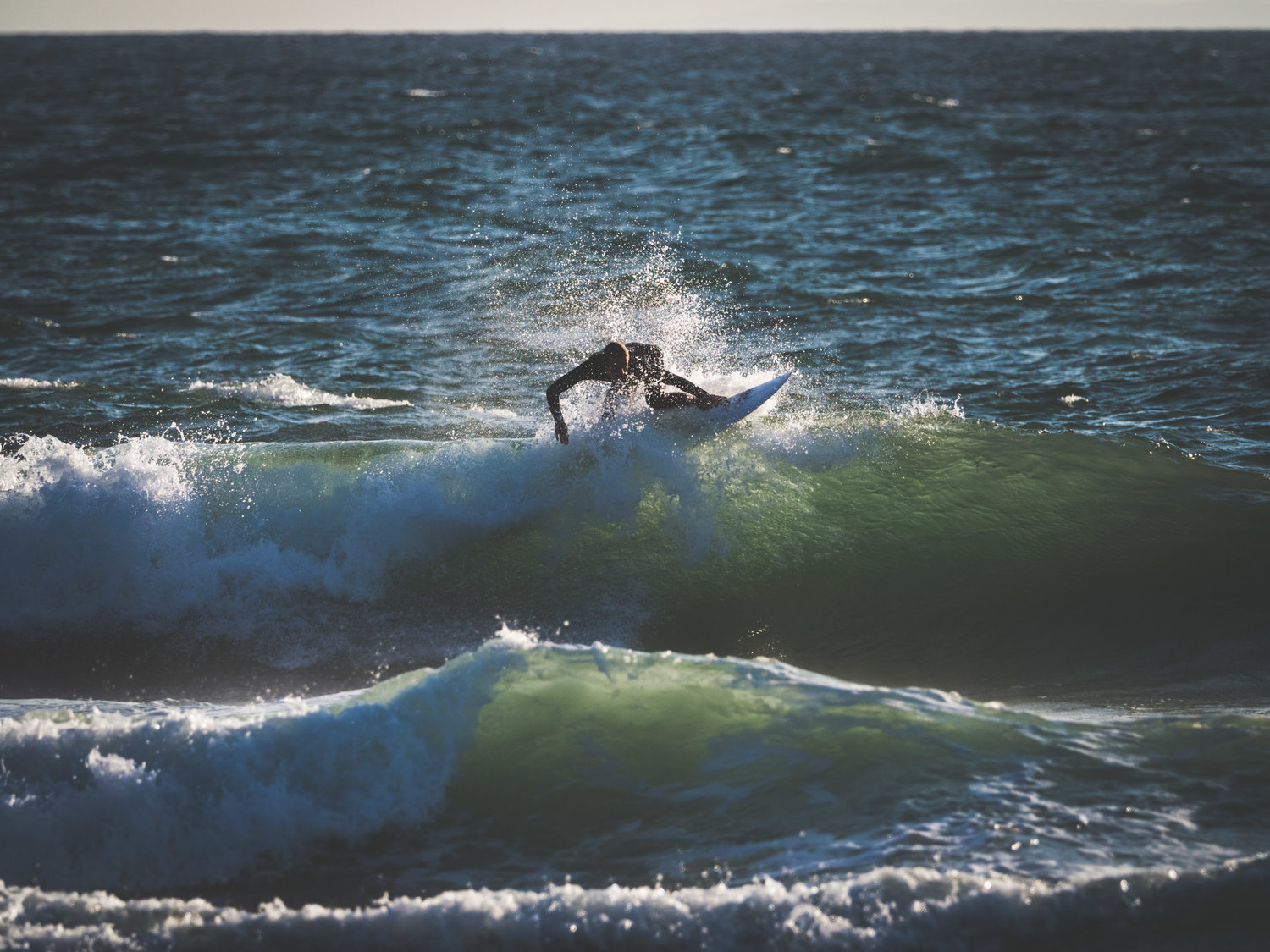

The Conclusion
It was a time shooting in Huntington Beach, and the next chance I get to go back I am certainly going to do it. I think that depending on the time of day or year I may have approached a series of surf shots differently. But given the fact that winter light settles low on the horizon and has a certain quality that summer light cannot match, I feel like this series for me was done in a way that showcases that fact.
Jamie MacDonald
Member of the Olympus Visionary Program, Vanguard Professional and a NiSi Filters Brand Ambassador
SUBSCRIBE TODAY THE OLYMPUS PASSION VIRTUAL MAGAZINE

“Well who am I? I am a photographer who shoots the natural world around him. Someone who is fascinated by the diversity of my surroundings so much so that I am compelled to photograph everything from landscapes and wildlife, to weatherscapes and insects. If it is a part of our world, I love to see it and capture its beauty. I am also a member of the Olympus Visionary Program, a Vanguard Professional and a NiSi Filters Brand Ambassador. In regards to my role as an Olympus Visionary, I’ve been a part of this incredible program since 2012 and work as a brand ambassador for them which means I get to not only have access to some of the most innovative camera gear available, but I also get to travel and teach photography while representing them. I am also the founder and one of the hosts of the Mirrorless Minutes webshow and podcast with fellow Olympus Visionary Mike Boeing. And last… But certainly not least… I am a husband and father of two incredible young men. My family motivates me to be the best person I can in everything I do, and that includes my photography.”


